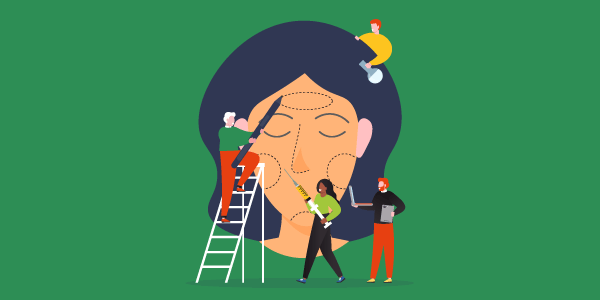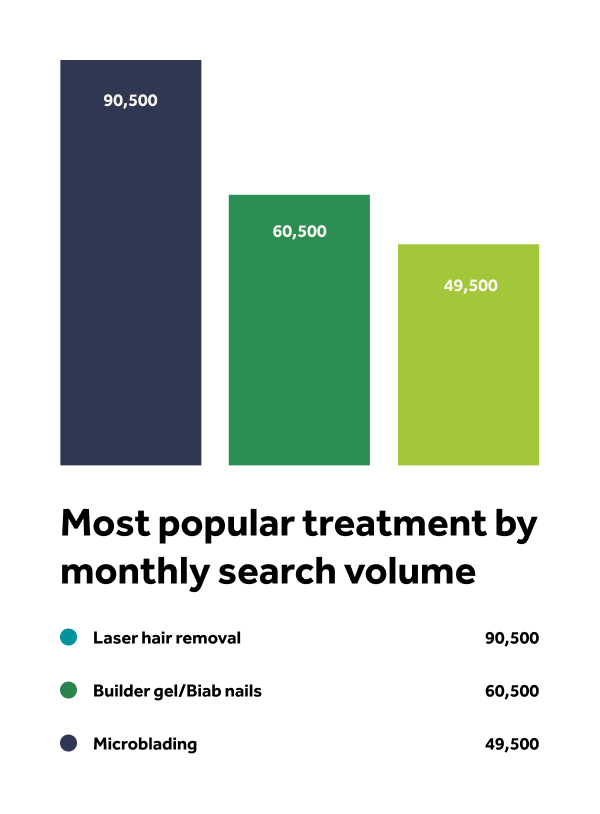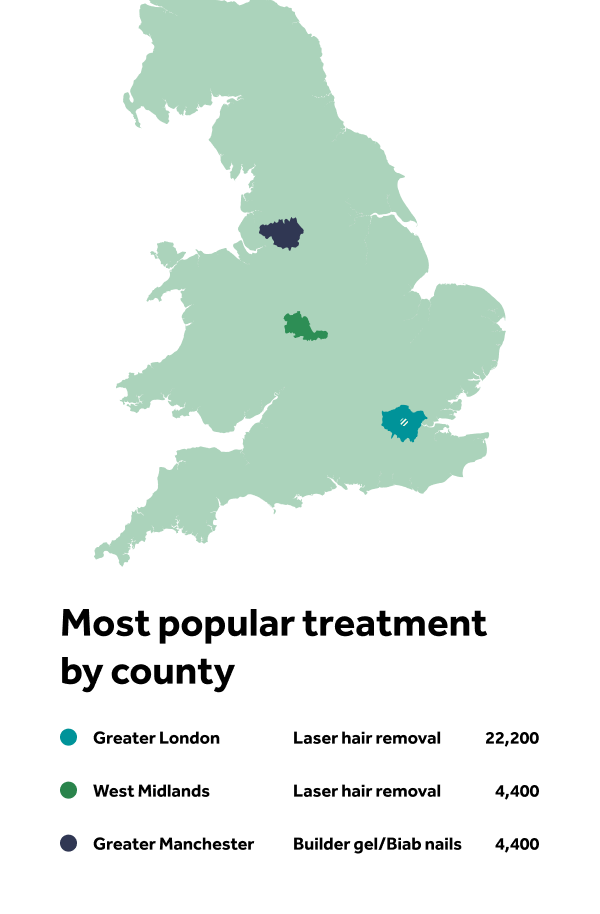
The UK aesthetics industry is continuing to grow at lightning speed in 2025.
The statistics we found paint an interesting picture of the industry. Aestheticians are seeing a continuation of the growth they experienced after the pandemic. But there are still concerns over the lack of regulation in the industry.
It’s clear that the demand for aesthetics treatments is still growing despite these concerns. Showing that people are more than willing to change the way they look.
Non-invasive aesthetic treatments are quickly becoming more varied, widely available, and more affordable too. Understandably, it’s now the main area of growth for the aesthetics industry.
This growth might be impacted, though, as Scotland launched a public consultation in December 2024 for their proposed regulation of the aesthetics industry. With stricter laws potentially coming into force as early as the end of 2025, we could see a big shake-up in how aestheticians have to operate.
Want to know more? Here are all the UK aesthetic industry statistics you need to know.
The UK aesthetics industry at a glance
Globally, the non-invasive aesthetics industry is estimated to be worth a whopping £11.49 billion. The UK market makes up a sizeable chunk of that, with an estimated market value of around £3.2 billion.
Here are a few other important UK aesthetic industry statistics:
- There are 3,924 aesthetics clinics in the UK
- In 2024, the UK aesthetics industry grew by 8.4%
- There are 7,892 licensed aesthetics practitioners in the UK
- 892,000 aesthetic procedures were carried out in the UK in 2024
All statistics are up-to-date at the time of publishing.
The growth of the UK aesthetics industry
Interest in non-invasive aesthetic treatments, like Botox and dermal fillers, is increasing. And rapidly.
7.7 million people had an aesthetic treatment in the UK in 2023. That’s 11% of the population. And an astonishing 13.9 million people say they were considering having a treatment in 2024.
By the end of 2025, the UK aesthetics industry could be worth more than £3.6 billion. With consumer demand continuing to increase, it’s showing no signs of slowing down its growth.
In 2022, aesthetic procedures increased globally by 11.2%. Worldwide, there was a 57.8% rise in non-surgical procedures between 2018 and 2022. It’s plain to see that the UK aesthetics industry is following a global trend.
Non-invasive aesthetic treatments have been the main driver of growth in the industry in the UK and beyond. As technology has advanced and treatments have become more affordable, the demand for these ‘lunchbreak treatments’ has understandably soared.
Getting aesthetic treatments has become safer, less time-consuming, and cheaper. So, it’s no longer seen as something available only to the elite. Having non-invasive cosmetic procedures has become the norm for younger generations, and this is reflected in the industry’s worth.
Aesthetics industry trends
Social media and influencers undoubtedly play a huge part in the growing demand for non-surgical cosmetic treatments. The likes of Instagram, TikTok, and YouTube are fuelling the younger generations’ desires to look a certain way.
A report updated by the government in 2023 reported that 36% of adolescents say they’ll do ‘whatever it takes’ to look good. And 10% say they’d consider cosmetic procedures in the future.
Laser hair removal was the most searched-for aesthetic treatment in the UK in 2023. The most searches for all aesthetic treatments were in Greater London, which has considerably higher numbers than any other part of the country.
In 2024, the industry also saw a rise in the demand for ‘natural response treatments’, such as regenerative treatments, laser & light rejuvenation, and more. They saw a 25% and 27% increase respectively in patient treatments over the year.


In 2023, demand for aesthetic treatments was highest amongst 25–40-year-olds. 32% of people in this age group have had treatment or are considering it.
Scepticism is still high in older age groups, with 84% of 41-50-year-olds concerned about safety and product quality in the industry.
It's not just a woman's world
It's not just women getting in on the action.
Aesthetics is usually aimed at a female audience. But aesthetic treatments are becoming more common amongst young men too.
A recent survey by the British College of Aesthetic Medicine showed a 70% rise in men getting aesthetic treatments since 2021.
Improving self-confidence is the main reason men choose to get treatment. Other reasons include wanting to reverse the ageing process and looking good for a special occasion.
The most popular treatments for men are medicated weight management and vitamin injections.
The future of the UK aesthetics industry
The UK aesthetics industry is rapidly evolving as beauty, technology, and changing societal norms converge. The stats show a thriving market with increased acceptance and technological advancements. The industry bounced back quickly after the pandemic and shows no signs of slowing down.
Growth could be tempered by the introduction of a licensing scheme in the near future. Scotland started a public consultation in December 2024, outlining its proposed three-tier system.
Licensing for both aestheticians and their clinics, as well as restrictions on where and how treatments can be administered and who can administer them, may cause big changes for the industry.
At the moment, the UK is pretty far down the line in terms of aesthetics procedure numbers. North America tops that list by some margin. Other top countries include Brazil, Mexico, Germany, and Japan.
Protection that's more than face value
Running your own aesthetics business? Whatever your qualifications, or how many treatments you offer, having aesthetics insurance is vital.
When things go wrong in your line of work, it can have devastating consequences. For your clients and your business. Insurance is a lifeline that all aestheticians need.
Treatment and public liability insurance is the perfect policy for those in the aesthetics industry. It’ll cover you for two very important areas.
Firstly, the treatment part. This type of insurance covers you for mistakes you make in your work. So, it’s an important one (claims of negligence can cost you a pretty penny). It’ll pay all of your legal costs and any compensation awarded.
The public liability part covers you for accidents. Things like accidental damage to your clients’ possessions, or trips and falls that happen on your business premises. Again, it’ll cover legal fees and compensation costs.
You can find out more about getting the right insurance for your beauty and aesthetics business. Or you can call us on 0345 222 5391 for a chat.
Image used under license from iStock. Stats images ©PolicyBee 2025
aestheticsbeauty therapistsstatistics
